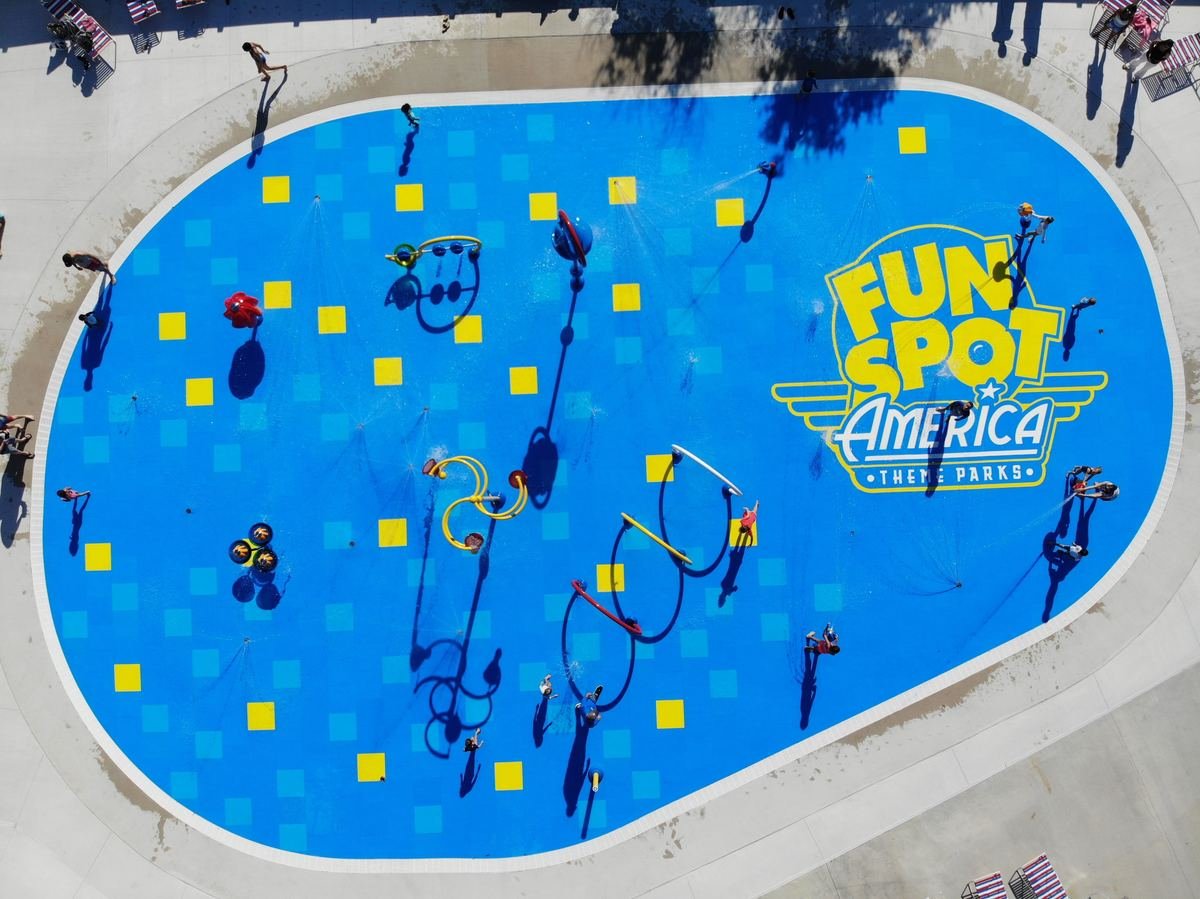Ka’ana Wave Co. celebrated the launch of their CM7-Series wave machines with a pop-up surf park at Britannia Beach, British Columbia this past summer.
Ka’ana’s CM7-Series wave machines utilize Daldorado’s DalLUX™ Life Floor Drainage System. Originally designed and manufactured for luxury pools, DalLUX support grates allow designers to maintain the aesthetics of a deck while also providing efficient and necessary drainage. For this unique application, Daldorado’s DalLUX™ Drains became an integral component for Ka’ana’s CM7-Series wave machine deck. The entire surface accommodated continuous drainage while providing surfers traction with Life Floor’s slip-resistant and cushioned surfaces.
Excerpt from Cision Article:
“Their ground-breaking technology represents a new class of artificial surf attraction, one that creates a variety of deep-water surf waves, in new and existing pools and lagoons. With this technology, the company aims to break down barriers to entry and make surfing more accessible for everyone. The pop-up surf park was an opportunity for Ka'ana to reveal the company's first wave shapes, develop CM7 safety protocols, and collect feedback about the surf experience from over 250 people including industry insiders, professional athletes, developers, city planners, architects, resort planners and aquatic designers. Shaping waves at 60 to 70 per cent of the machine's capacity, Ka'ana Wave Co. showcased the world's first stationary, bathymetry-agnostic, artificial surf waves at the event. These waves included a right break barrel, boat wake, and river jump.”
As part of this effort, the Ka’ana Wave Co. team collaborated with Life Floor to create custom flooring designs that included their logos on both the CM7-Series wave machine deck and shaping head. This application was the first of its kind across Daldorado’s DalLUX™ Drains and provided an opportunity to reinforce the branding of this innovative new wave technology.
Thank you to Ka’ana Wave Co. for creatively partnering with us and surfacing the CM7-Series wave machine with Life Floor. We also appreciate Daldorado Drains for their continued partnership in delivering high quality, innovative drainage systems. To learn more about how you can get Daldorado’s DalLUX™ Life Floor Drainage System on your next project, please contact our team.










































